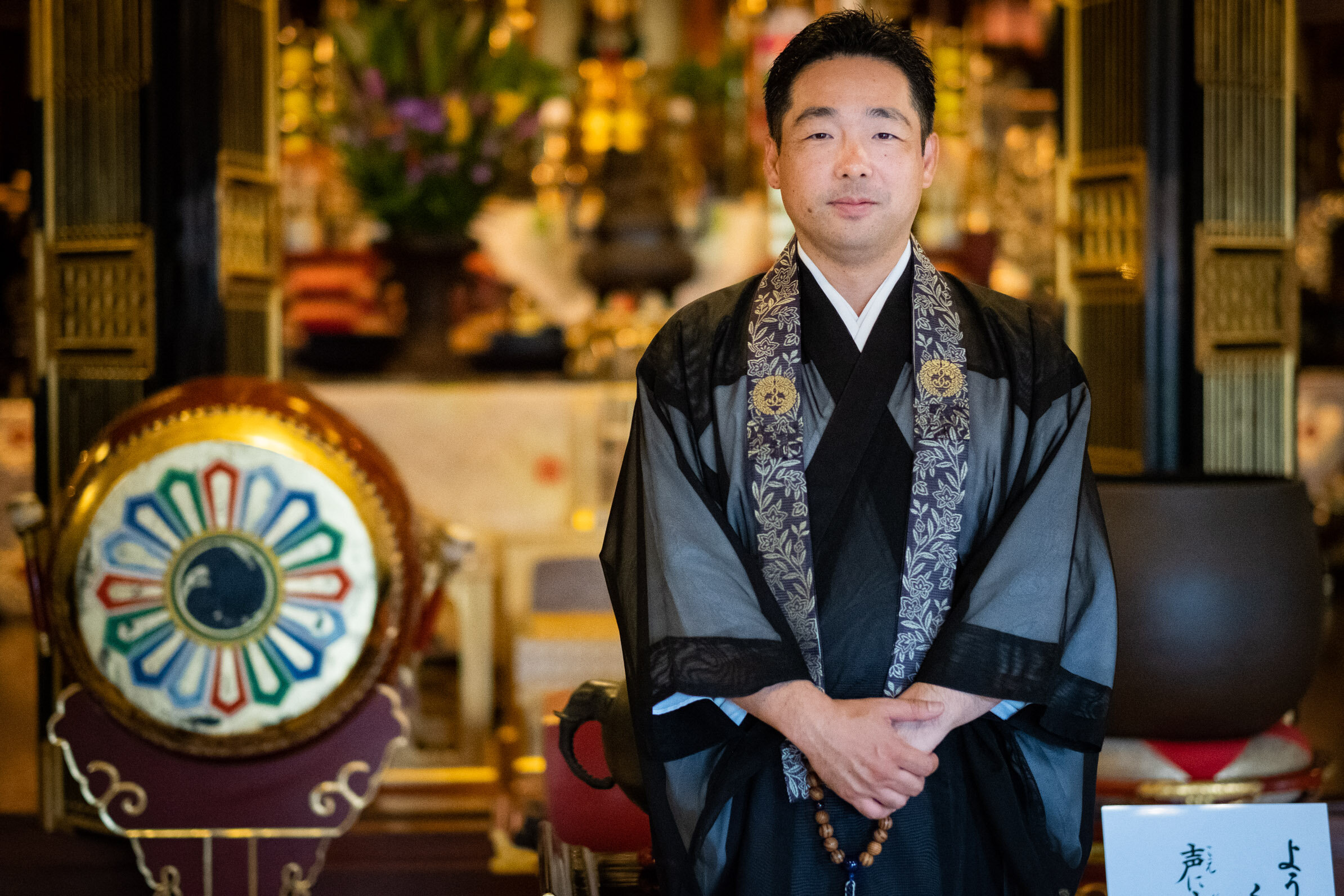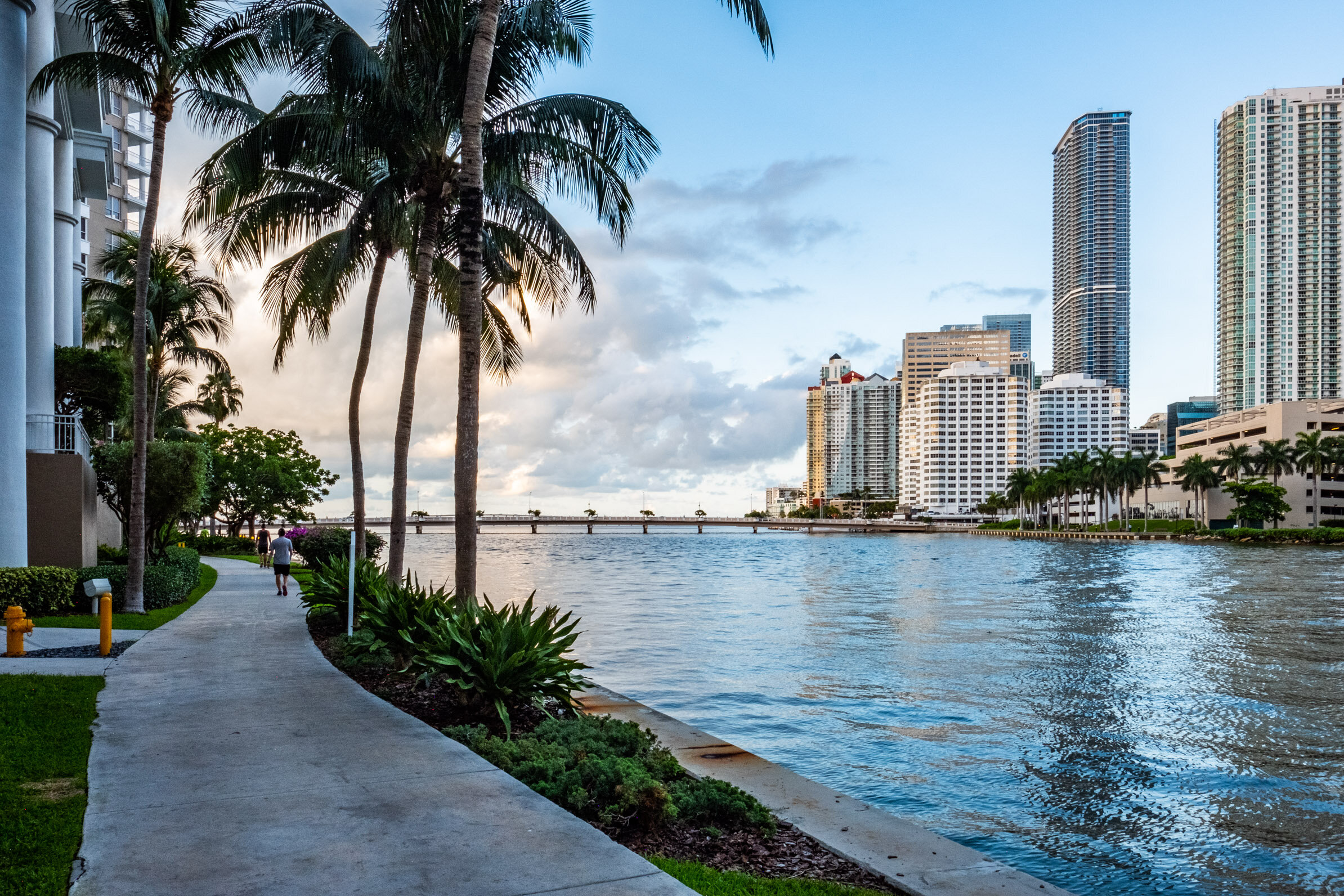
Climate RESILIENCE & ADAPTATION around the world for WWF MAgazine
In 2019 I spent several months traveling on assignment for WWF looking at different programs and the people working for climate resilience and adaptation in locations as diverse as Japan, Argentina, and Florida in the USA.
Linda Cheung founded the nonprofit Before It’s Too Late and the Miami Murals (an augmented-reality project) in order to empower students, artists, and vulnerable communities to become agents of change on the climate crisis. Miami, Florida.
Streets in south Miami, Florida flood after a brief afternoon rain. Miami is often seen as ‘ground zero’ for impact from the climate crisis. Miami’s official elevation is just over 6 feet and most of the city sits on porous limestone. As a result high tides combined with rising sea levels often cause ‘sunny day flooding’ where the water rises up out of the ground, flowing not over the seawalls but backwards out of the storm drains.
On Brickell Key looking towards downtown Miami. Downtown Miami’s skyline, dominated by the 55-story Southeast Financial Center, and the nearby Brickell financial district (Miami’s tallest building is the 85-story Panorama Tower in Brickell) are built right to the seawalls at the edge of the water and right at water level along the mouth of the Miami river and Biscayne Bay. Brickell Key is an artificial triangular island at the mouth of the Miami River in Miami — avg elevation is 3’ above sea level with some high-points just over 100’ above sea level. Miami, Florida.
Vizcaya was created as James Deering’s subtropical winter home in the 1910s and today it is a National Historic Landmark and accredited museum. The property is threatened by sea level rise with areas onsite already flooding and underwater. Vizcaya uses their vulnerability to talk to their guests about the impact of sea level rise and the climate crisis. Miami, Florida.
Apartments in the Brickell financial district. Downtown Miami’s skyline, dominated by the 55-story Southeast Financial Center, and the nearby Brickell financial district (Miami’s tallest building is the 85-story Panorama Tower in Brickell) are built right to the seawalls at the edge of the water and right at water level along the mouth of the Miami river and Biscayne Bay. Brickell Key is an artificial triangular island at the mouth of the Miami River in Miami — avg elevation is 3’ above sea level with some high-points just over 100’ above sea level. Miami, Florida.
The beach near South Beach in Miami Beach, Florida.
Youth gather outside Miami's City Hall each Friday to protest the city's position on the climate crisis, demanding that a "Climate Emergency" is declared and appropriate actions are taken. Miami, Florida.
Drone photograph of the Planta Fotovoltaica Santa Fe in San Lorenzo provides the energy to power nearby Rosario’s electric buses. This plant—though small—is currently the largest one in Santa Fe province and was positioned near the well-traveled Rosario-Santa Fe highway so that people would see it. San Lorenzo, Santa Fe, Argentina.
Edgardo DiPerna, Armstrong Cooperative (Cooperativa de Provisión de Obras y Servicios Públicos Limitada de Armstrong) member. Edgardo and his brother have built three electric cars using used components from a variety of sources. With the help of the coop, Edgardo also put a solar panel in his home. He now proudly drives the first solar-powered electric car in town. He also got his employer to put in a charger for him where he works. Edgardo represents innovation and passion for renewable energy in this small town. Armstrong, Santa Fe, Argentina.
Electric and biodiesel-powered public buses pass through Plaza Sarmiento, a central transfer point, during rush hour. Rosario is in the process of converting its entire bus fleet of (800+ buses organized on 47 lines) from diesel to solar and biodiesel. Rosario, Argentina.
Portrait of Ricardo Alberto Airasca, founder of the Armstrong Cooperative (Cooperativa de Provisión de Obras y Servicios Públicos Limitada de Armstrong) and an on-going visionary force for the organization. The cooperative was the first initiative in Santa Fe province to go to distributed renewable energy generation. Armstrong, Santa Fe, Argentina.
The Armstrong Cooperative (Cooperativa de Provisión de Obras y Servicios Públicos Limitada de Armstrong) solar plant.
Consorcios Regionales de Experimentación Agrícola (CREA) producers group meeting at the Malosetti house. CREA has small local groups of approximately 10 producers backed by one technical staff, who meet regularly and support each other. Ascensión, Argentina.
Consorcios Regionales de Experimentación Agrícola (CREA) producers group meeting at the Malosetti house. CREA has small local groups of approximately 10 producers backed by one technical staff, who meet regularly and support each other. Ascensión, Argentina.
Consorcios Regionales de Experimentación Agrícola (CREA) members discuss crops grown for cattle grazing at a producers group meeting at the Malosetti property.
Portrait of Enrique Miles (right) with father Alberto Miles (left). Cattle on the Miles family estate are managed using an approach called Voisin’s Rational System. The system seeks to mimic how herbivores feed based on interactions with predators. In addition to the environmental benefits, the measures provide both mitigation (carbon capture) and adaptation (improved water percolation/less flooding and less top soil lost to intense rain) benefits. Bustinza, Argentina.
Cattle on the Miles family estate are managed using an approach called Voisin’s Rational System. The system seeks to mimic how herbivores feed based on interactions with predators. In addition to the environmental benefits, the measures provide both mitigation (carbon capture) and adaptation (improved water percolation/less flooding and less top soil lost to intense rain) benefits. Bustinza, Argentina.
Cattle on the Miles family estate are managed using an approach called Voisin’s Rational System. The system seeks to mimic how herbivores feed based on interactions with predators. In addition to the environmental benefits, the measures provide both mitigation (carbon capture) and adaptation (improved water percolation/less flooding and less top soil lost to intense rain) benefits. Bustinza, Argentina.
Cattle on the Miles family estate are managed using an approach called Voisin’s Rational System. The system seeks to mimic how herbivores feed based on interactions with predators. In addition to the environmental benefits, the measures provide both mitigation (carbon capture) and adaptation (improved water percolation/less flooding and less top soil lost to intense rain) benefits. Bustinza, Argentina.
Portrait of Diego Sueyra, President, Fundación Nueva Generación Argentina (FNGA), one of the founding members of Alliance for Climate Action Argentina (ACAA), at the offices of La Capital, the oldest newspaper in the country and where he is a board member. Rosario, Santa Fe, Argentina.
Diego Sueyra (right), President, Fundación Nueva Generación Argentina (FNGA), one of the founding members of Alliance for Climate Action Argentina (ACAA), talks with Pablo Javkin (left), incoming Mayor of Rosario (2020). Rosario, Santa Fe, Argentina.
Drone photograph of trees and buffer zones where agricultural fields meet the [TK] river help reduce erosion and contaminated runoff into the waterway on a large farm managed by Ezequiel Tecco. Ezequiel is focused on the need to maintain soil for the long-term sustainability of agricultural production in this region and the mitigation and adaptation benefits that this approach can provide. Cruz Alta, Argentina.
Ezequiel Tecco manages a large farm and is focused on the need to maintain soil for the long-term sustainability of agricultural production in this region and the mitigation and adaptation benefits that this approach can provide. Cruz Alta, Argentina.
Drone photograph of islands of native vegitation are connected by swales that follow topological variations across the landscape designed to help manage erosion and flooding.
Ezequiel Tecco manages a large farm and is focused on the need to maintain soil for the long-term sustainability of agricultural production in this region and the mitigation and adaptation benefits that this approach can provide. Cruz Alta, Argentina.
Ezequiel Tecco manages a large farm and is focused on the need to maintain soil for the long-term sustainability of agricultural production in this region and the mitigation and adaptation benefits that this approach can provide. Cruz Alta, Argentina.
Inside the Metropolitan Area Outer Underground Discharge Channel. The Channel helps manage flood stage waters in the Showa Drainage north of Tokyo. Kasukabe City, Japan.
Inside the Metropolitan Area Outer Underground Discharge Channel. The Channel helps manage flood stage waters in the Showa Drainage north of Tokyo. Kasukabe City, Japan.
Drone photograph showing the integrated solar roof tiles on a zero-energy home built by Sekisui House. Saitama City, Japan.
Ms. Haishima shows the online control panel showing the net balance of electrical production and consumption in a zero-energy home built by Sekisui House. Saitama City, Japan.
Erika Abiko's Hummingbird Cafe is a funky hangout serving food and drinks, and full of books and local art. The cafe serves as a social spot for those committed to renewable energy, the anti-nuclear movement, and other alternative choices. Hiroshima, Japan.
A view of the main courtyard at the Kougenji monastery. The monastery buys electricity produced from renewable sources and brokered by Tera Energy, a company founded on Buddhist values. Higashi, Hiroshima, Japan.
Ryogo Takemoto (center), monk and co-founder, Tera Energy. Tera Energy lives its Buddhist values and sells renewable energy to monasteries, the monasteries's followers, and others who share sustainable values. Higashi, Hiroshima, Japan.
Reverend Yasushu Hori is the head monk at the Kougenji monastery. The monastery buys electricity produced from renewable sources and brokered by Tera Energy, a company founded on Buddhist values. Higashi, Hiroshima, Japan.
Looking across Biscayne Bay towards Miami Beach from Virginia Key. Virginia Key, a 1,200-acre barrier island situated two miles east of downtown Miami and just southwest of Miami Beach, is located within a highly productive marine corridor consisting of extensive tracts of seagrass beds and coral reefs. Virginia Key is home to a wide range of coastal habitats including beaches, dunes, hardwood hammocks and mangrove wetlands. It is also an active loggerhead sea turtle nesting site. Miami, Flordia.
On Brickell Key looking back towards the Brickell Financial district. Downtown Miami’s skyline, dominated by the 55-story Southeast Financial Center, and the nearby Brickell financial district (Miami’s tallest building is the 85-story Panorama Tower in Brickell) are built right to the seawalls at the edge of the water and right at water level along the mouth of the Miami river and Biscayne Bay. Brickell Key is an artificial triangular island at the mouth of the Miami River in Miami — avg elevation is 3’ above sea level with some high-points just over 100’ above sea level. Miami, Florida.








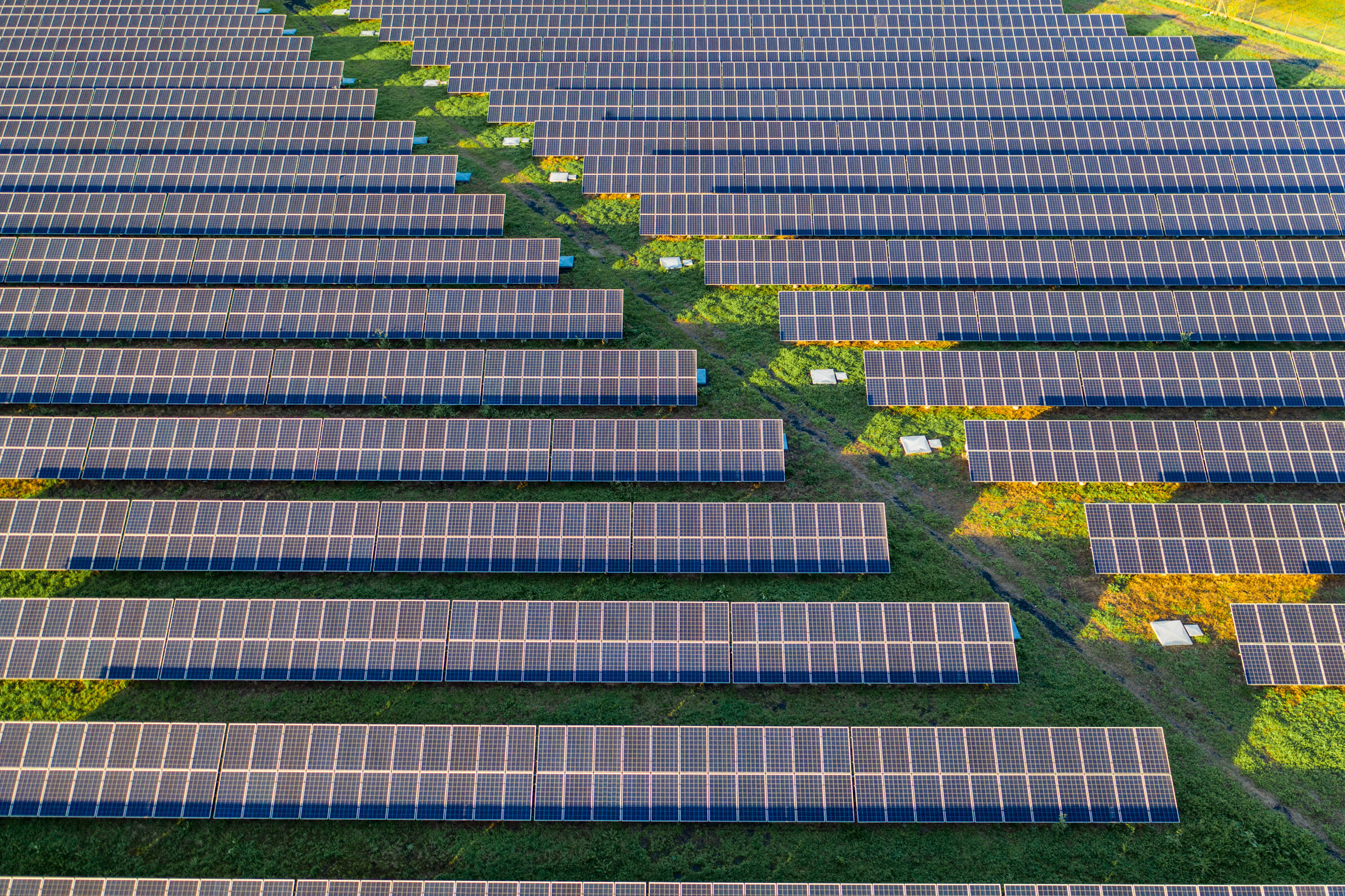

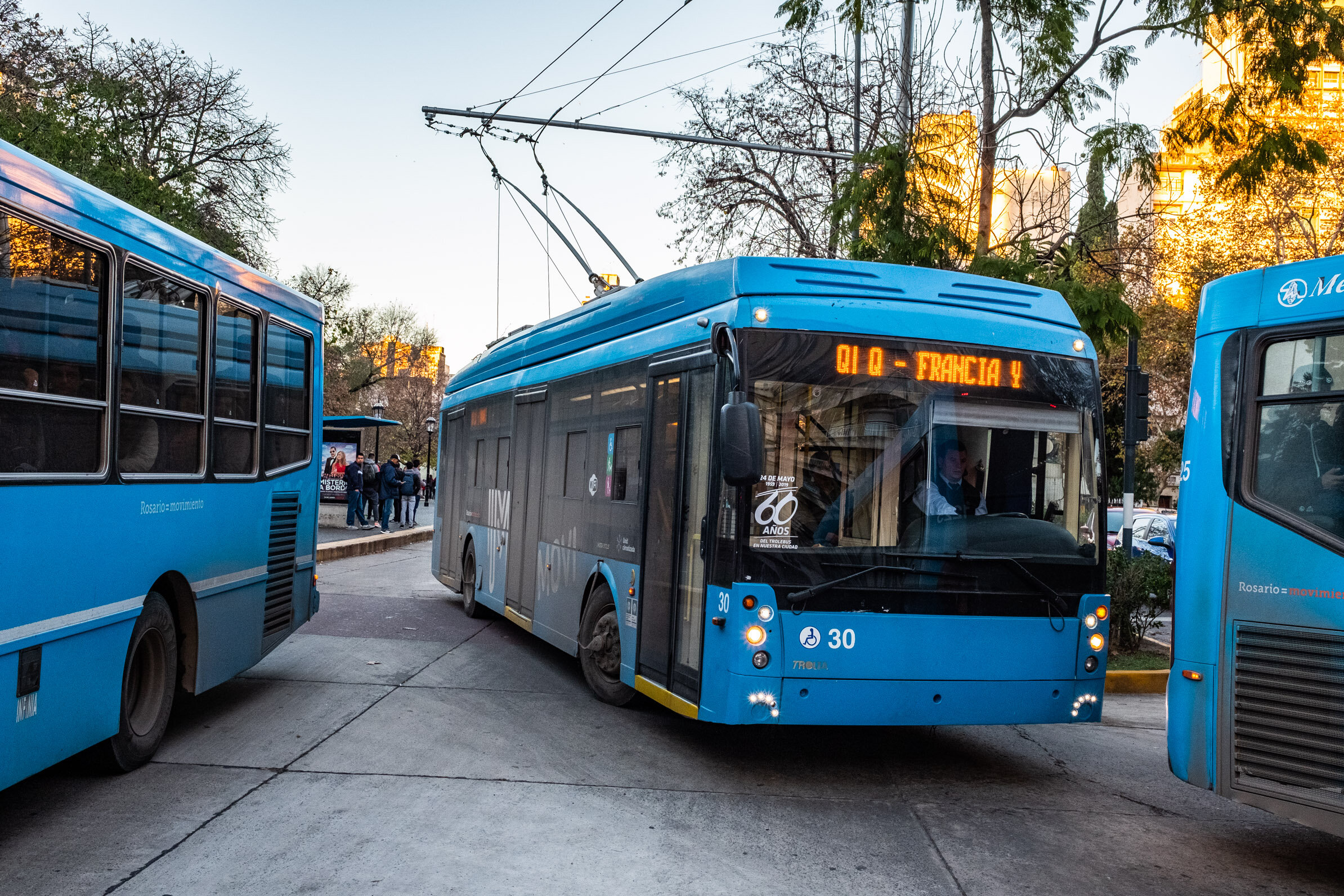



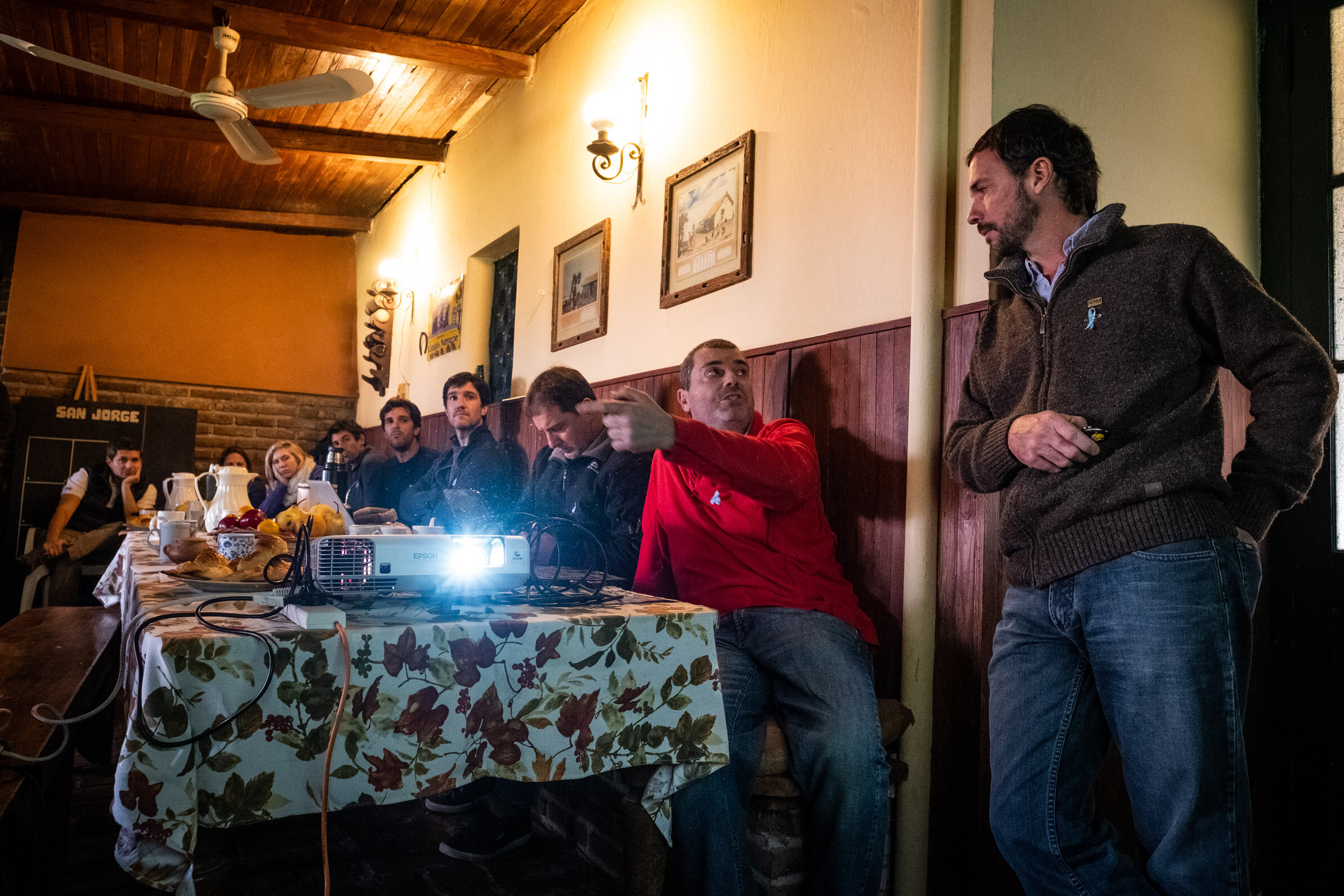
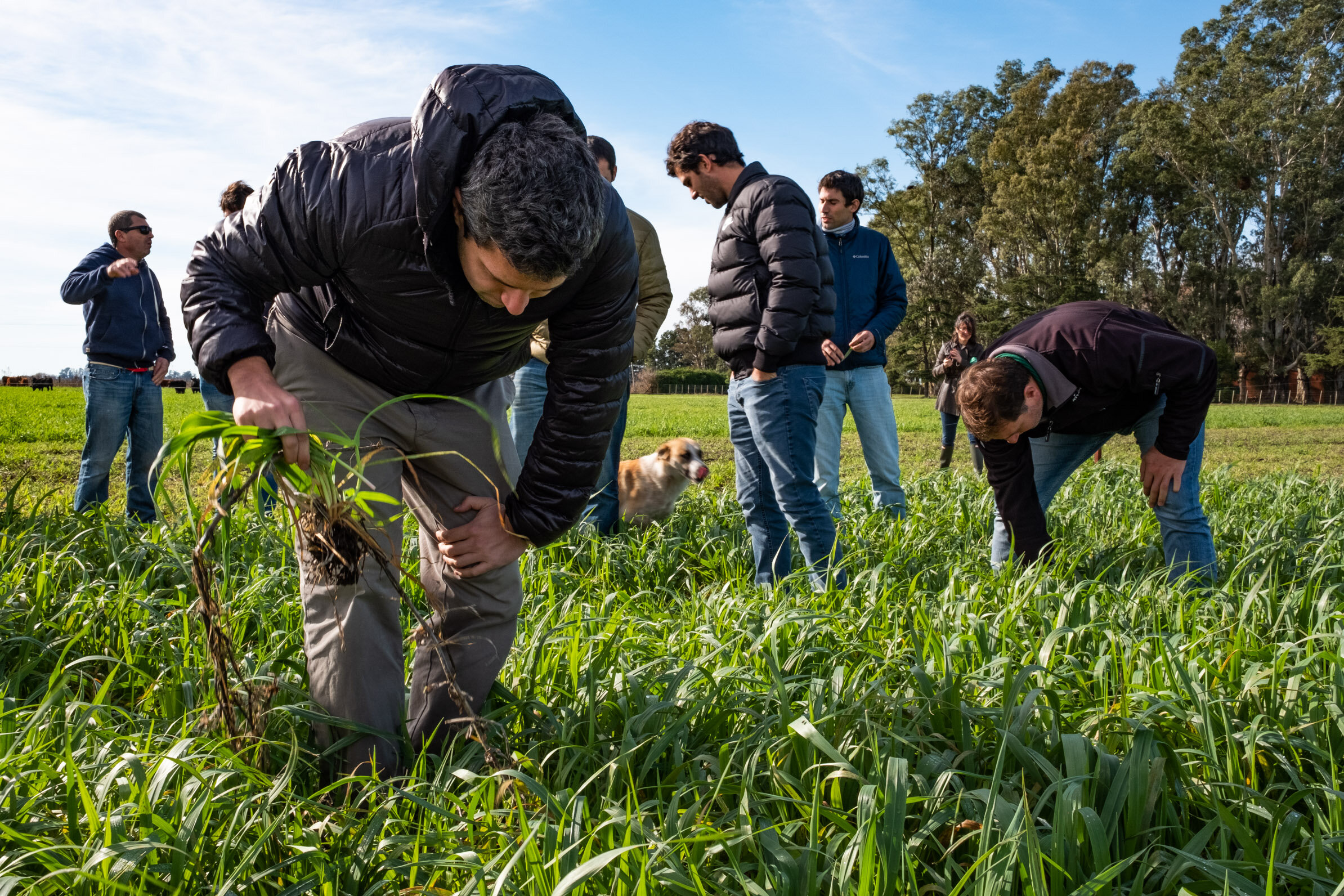
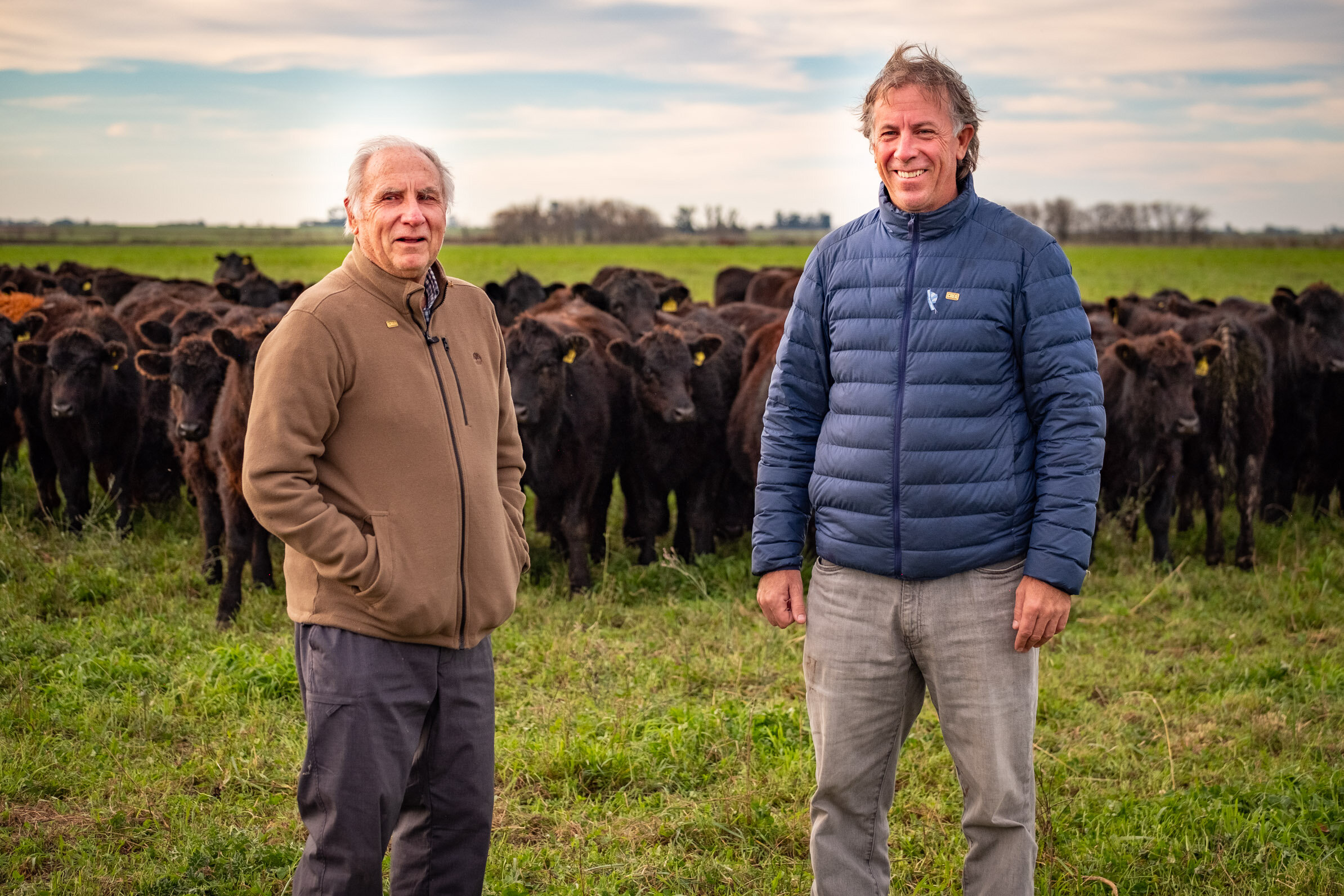





![Drone photograph of trees and buffer zones where agricultural fields meet the [TK] river help reduce erosion and contaminated runoff into the waterway on a large farm managed by Ezequiel Tecco. Ezequiel is focused on the need to maintain soil for the](https://images.squarespace-cdn.com/content/v1/5f3ecbaf646dba5fbfd1ff86/1607801385686-63Z8LZKVQPYEWDMW3YAZ/JHOUSTON_190622_04638.jpg)











